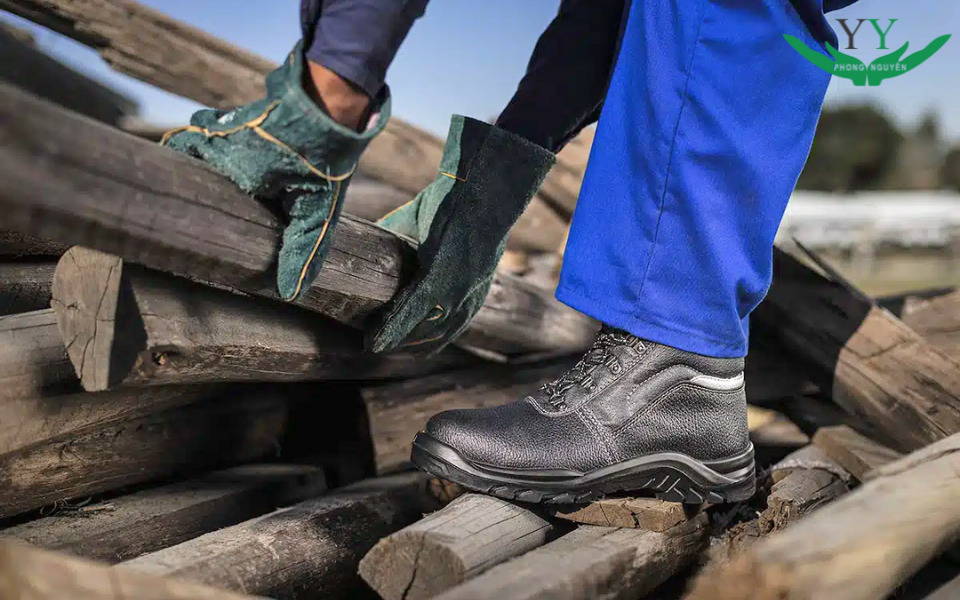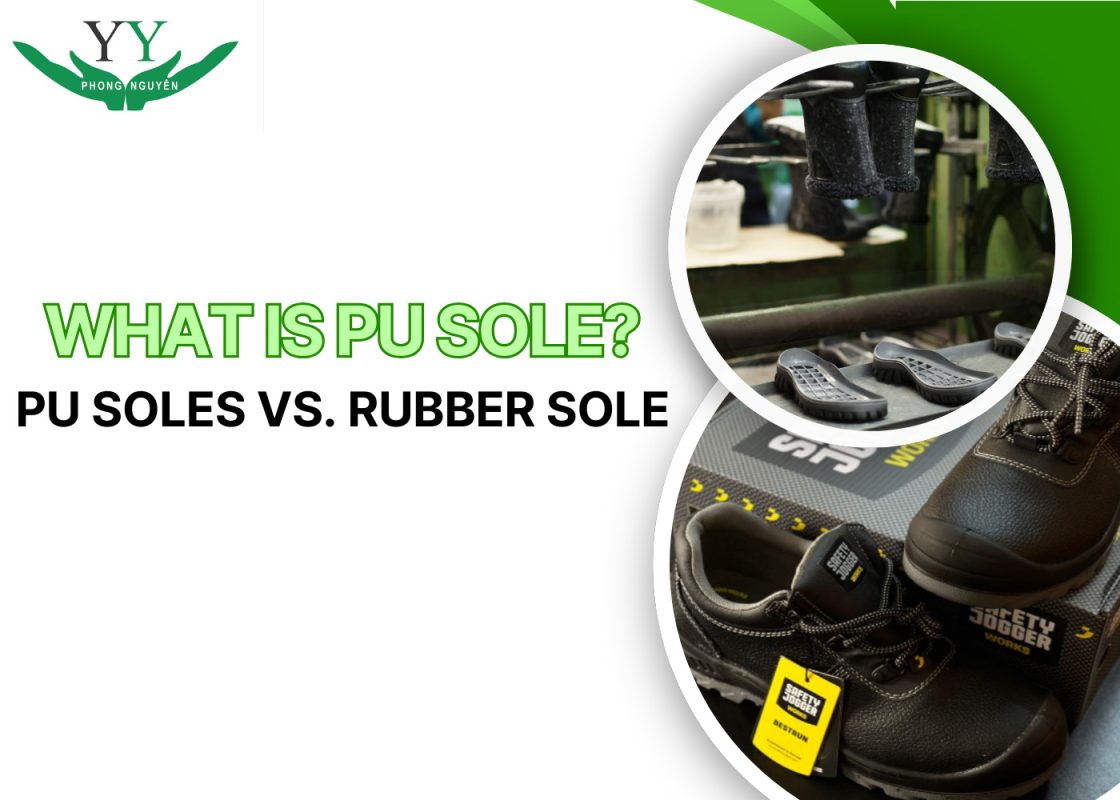PU sole is one of the most commonly used materials in the modern footwear manufacturing industry. Thanks to its flexibility and high adaptability to various environments, PU is applied in everything from fashion shoes to specialized work boots.
So, what exactly is a PU sole? Between the lightweight PU sole and the durable rubber sole, which is the ideal choice for you? Let’s explore the details about PU soles in the following article!
What is a PU Sole?
A PU (Polyurethane) sole is a type of shoe sole made from polyurethane plastic, a synthetic material known for its high durability, flexibility, and excellent abrasion resistance.
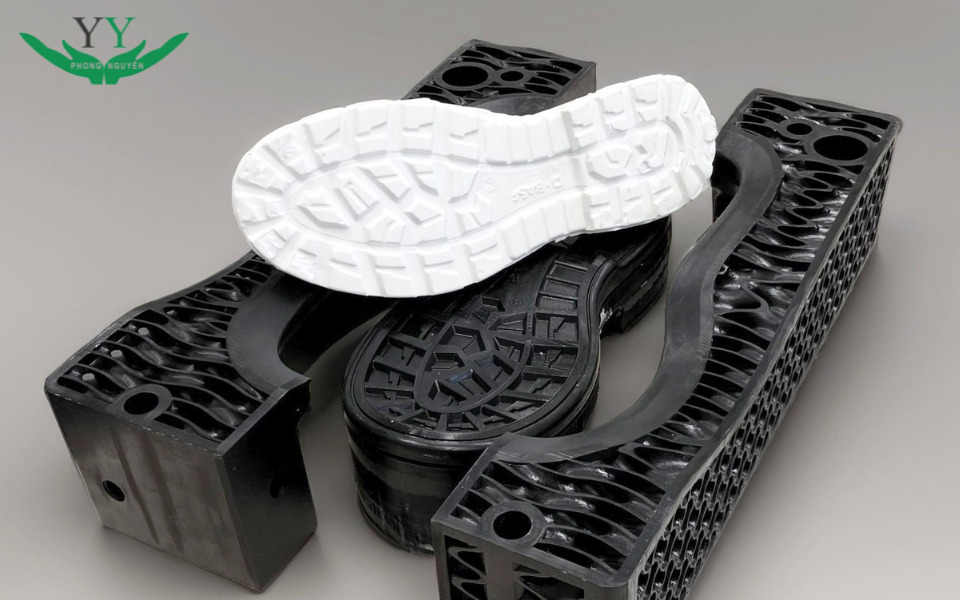
The PU material was first used in the United States in 1940 for the production of foam and insulating materials. By the late 1970s, major sports shoe brands like Adidas and Puma began using PU soles in their flagship products. Since then, PU soles have revolutionized the sports footwear industry.
The Production Process of PU Soles
The process of manufacturing PU (Polyurethane) soles is quite complex and requires precision and high-level skills to ensure the final product’s quality. The production process typically involves the following steps:
- Preparing Materials: The components are prepared and quality-checked before being used in production. The main materials include polyol, isocyanate, catalysts, and additives.
- Mixing: Once the materials are ready, they are mixed together. The mixing process is crucial because if the ingredients are not evenly mixed, the mixture will not react completely, and the PU sole will not meet the required quality standards.
- Molding and Shaping: After the mixture is thoroughly mixed, it is poured into shoe sole molds. The molds are shaped according to the final product’s design specifications.
- Heating and Curing: After pouring the mixture into the mold, heat is applied to trigger a chemical reaction that bonds the molecules in the PU. The temperature during this process can range from 60°C to 120°C, depending on the product requirements and the type of PU being produced.
- Cooling and Demolding: After the PU sole has completed the curing process, it must be cooled to retain its shape and size. This is typically done naturally or with a specialized cooling system.
- Product Inspection: Once the PU sole is removed from the mold, it undergoes quality inspections to ensure that the product meets durability, shape, and performance standards.
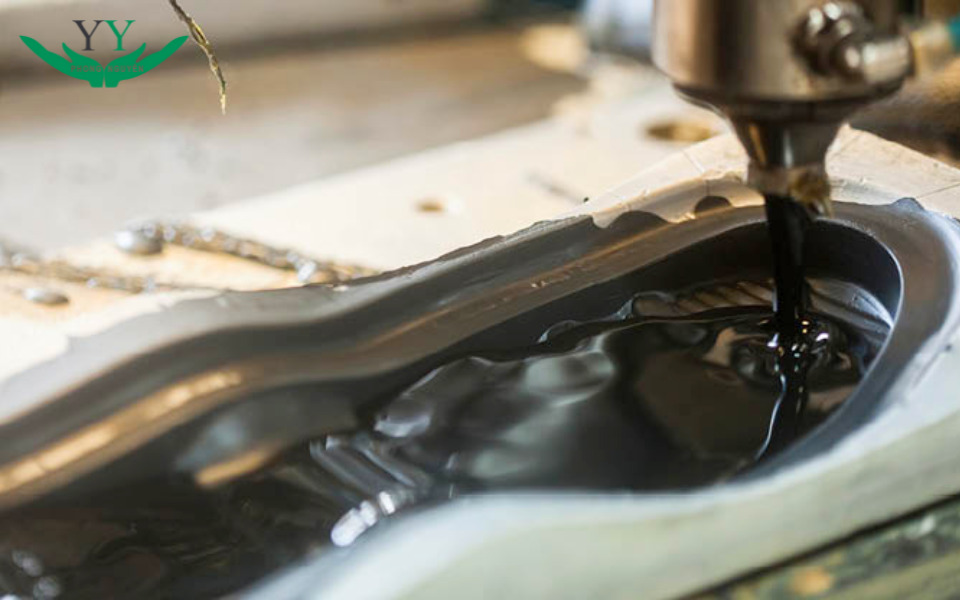
Advantages of PU Soles
In today’s footwear market, PU soles are becoming one of the most popular choices among premium footwear manufacturers. Not only are they used in sports shoes, but PU soles are also widely applied in office shoes, fashion footwear, and even safety work boots, thanks to their notable advantages:
Lightweight
One of the biggest advantages of PU soles is their lightweight nature compared to many other materials. For users, especially those who have to wear shoes all day, such as office workers, construction workers, or runners, a lighter sole helps reduce foot fatigue and provides comfort during extended periods of movement. This is why PU soles are often chosen for sports shoes and protective footwear.
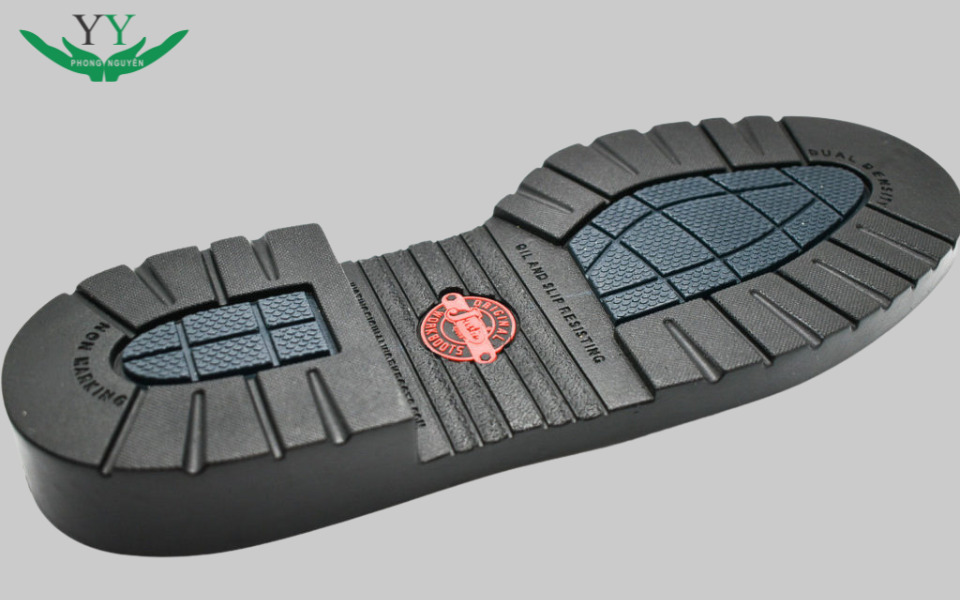
High Elasticity
The molecular structure of PU allows it to be highly elastic, which helps absorb impact forces during movement. This is crucial in reducing pressure on the heels, toes, and joints during continuous movement. The wearer will feel more comfortable underfoot, reducing the risk of pain or injury, especially during prolonged activities.
Thermal and Electrical Insulation
PU is a material with good thermal and electrical insulation properties, which is particularly useful when making shoes for industrial environments, where workers may come into contact with hot surfaces or electrical equipment. PU soles help reduce the risk of thermal shock or electrical shocks from the ground, especially when paired with specialized insoles. This provides an additional safety feature for users.
Excellent Abrasion Resistance
PU is a material with high mechanical strength, especially in its resistance to long-term wear. This allows manufacturers to produce durable shoes that won’t easily wear down despite frequent use. For consumers, PU-soled shoes last longer and need to be replaced less often, saving costs.
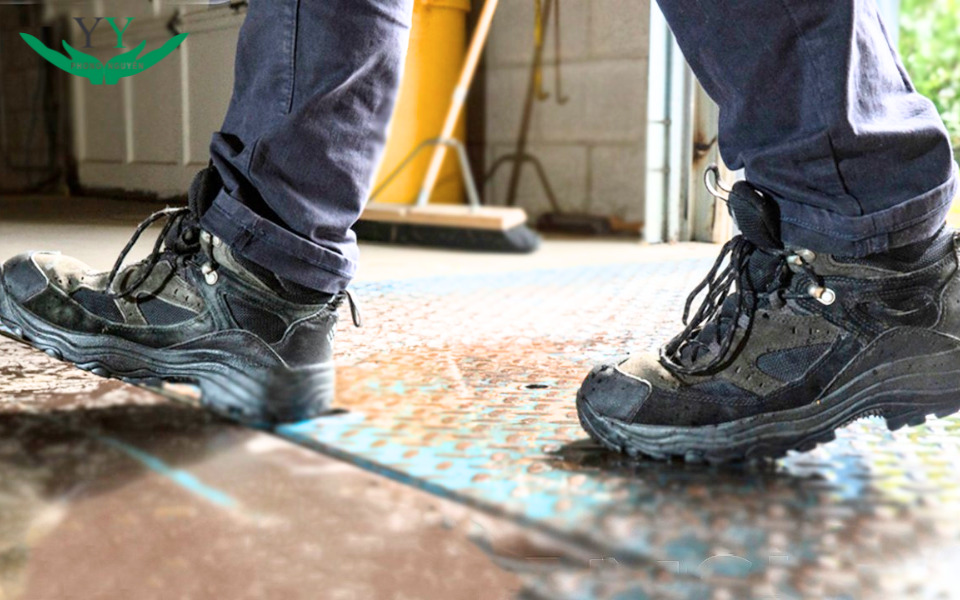
Oil and Light Chemical Resistance
Another technical advantage of PU soles is their ability to resist certain oils and light chemicals. This is useful in manufacturing shoes for environments like factories, gas stations, or laboratories, where soles are frequently exposed to oils and solvents. Therefore, PU soles provide better foot protection, preventing slips or damage from contact with chemicals.
Applications of PU Soles
PU (Polyurethane) soles are currently a popular material in the footwear industry due to their outstanding properties, such as durability, elasticity, and lightweight nature.
- Sports Shoes: PU soles help reduce foot fatigue and provide comfort, preventing soreness for those who run or engage in sports for long periods. It also enhances performance because the wearer does not feel weighed down by the shoes.
- Fashion Shoes: PU soles can be manufactured in various designs, colors, and thicknesses, catering to consumer aesthetic preferences. Aside from ensuring visual appeal, PU soles also provide comfort during long walks.
- Work Boots: With their abrasion resistance and slip resistance, PU soles help protect workers’ feet from falling objects, impacts, or other dangerous situations.
- Medical Footwear: PU soles help healthcare workers move safely in slippery hospital environments and are easy to clean after every shift, ensuring hygiene and health safety.
